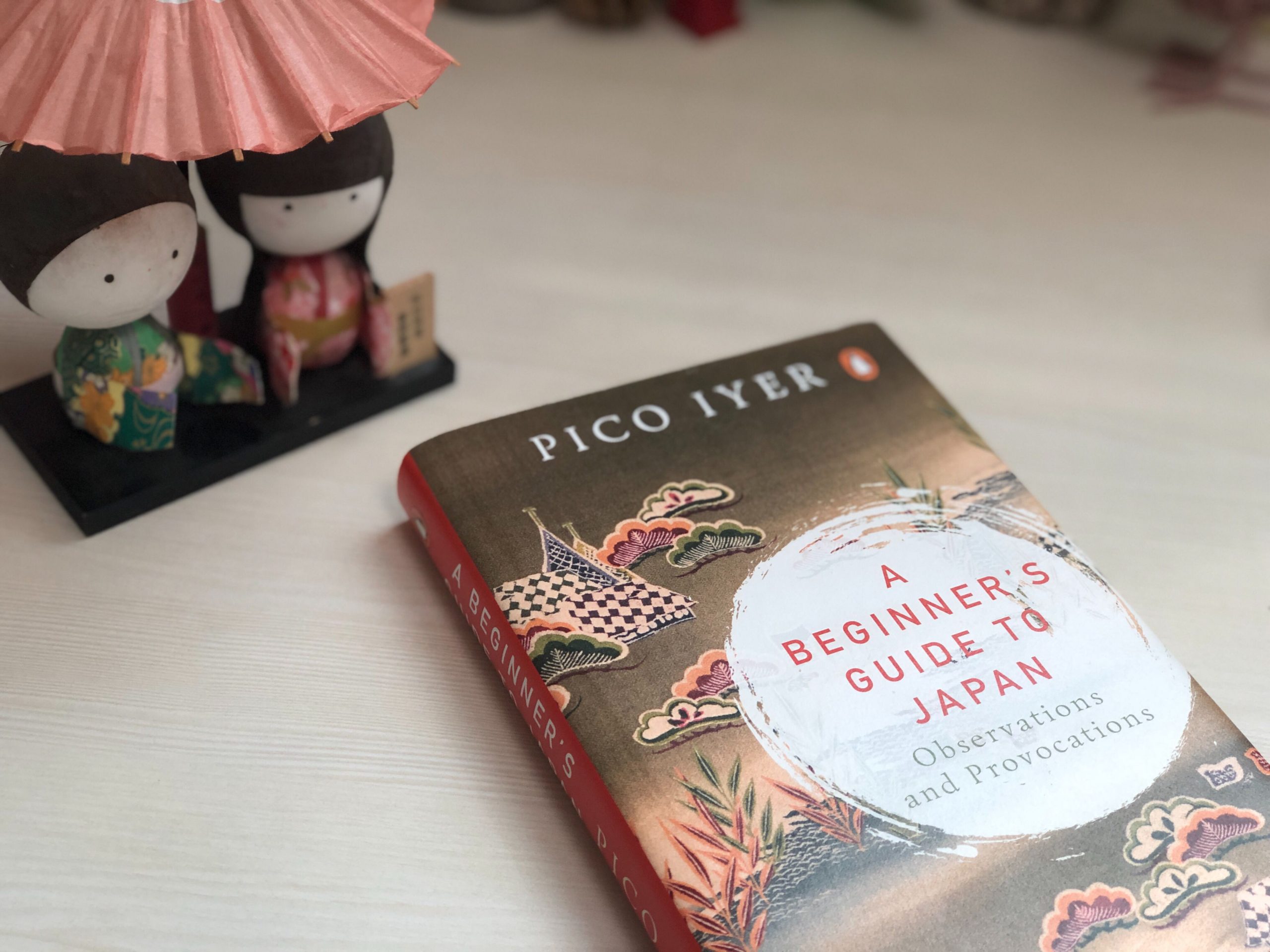
After thirty-two years in Japan, Pico Iyer can use everything from anime to Oscar Wilde to show how his adopted home is both hauntingly familiar and the strangest place on earth. He draws on readings, reflections and conversations with Japanese friends to illuminate an unknown place for newcomers, and to give longtime residents a look at their home through fresh eyes.
Read an excerpt from his latest book, A Beginner’s Guide to Japan below:
—
WHAT LIES WITHIN
Japan likes to present itself to the world in its
collective, corporate face— in groups— and we like
to see it in terms of stereotypes. Yet everything fresh,
surprising and warm in Japan takes place at the level
of the individual: Japan’s great accomplishments may
be communal, but its treasures are its constantly
unexpected and passionate people.
*
Nowhere else I’ve been, in fact, are individuals so
disengaged from the political domain; my Japanese
friends assume they can no more address their
leaders than they can a group of look- alike men in
suits in a corporate boardroom with the doors locked
and the curtains drawn. So they turn their backs on
the public sphere, and make fantastic worlds out of
their passions, counter- societies out of their hobbies.
*
“Success and satisfaction could rarely be sought by
way of public accomplishment,” writes Krista Tippett
of East Germany in the 1980s. “In response, ordinary
people defended and grew their inner lives defiantly.”
*
Pragmatic to the core, my Japanese pals are happy
to take four- day trips around Europe, because they
know that four days of novelty can furnish forty
years of memories. Experience is less important than
what we make of it.
*
If they can’t get to Europe, they’ll find their way to a
local theme- park Eiffel Tower. Even a place that we
write off as “inauthentic,” they realize, can arouse
emotions that are entirely authentic.
*
At a Starbucks in central Kyoto, seats are lined up in
a row, so you can look out at a sixth- century temple
in a courtyard. At the National Museum of Modern
Art, not far away, chairs are likewise set out in a line
in a large empty room so you can look out at the
busy streets, the girls flowing past in spring kimono,
the cherry trees framing a thin canal.
*
No one married to a Japanese would ever call her
“repressed.” She simply has a sharp and unwavering
sense of where emotion is appropriate and where not;
she lives in the gap the British classicist Jasper Griffin
explained to his friend Ved Mehta between denying
one’s emotions and choosing not to indulge them.
*
“Have more than thou showest,” as his Fool advises
Lear, “speak less than thou knowest.”
*
Read the classic poems of Kyoto and you see that
a night of love is less important than the way
one anticipates it or the words with which one
commemorates it. What we do with our feelings
lasts longer than the feelings themselves.
*
In the most celebrated modern essay on classic
Japanese aesthetics, In Praise of Shadows, Tanizaki
extols the beauty and suggestiveness of all you can’t
see, because that gives the imagination, the inner
world, more to work with.
*
By the time of Haruki Murakami, however, the
outside world has become such a mist, a mystery,
that one descends into the hypnotic passageways of
an inner world that seems to lead nowhere at all.
*
Four million people pass through Shinjuku Station
in Tokyo every day— it’s the busiest station in the
world— but many Japanese believe that hundreds
remain within its bowels, unable or unwilling to
come up to any of its two hundred exits. Real lives
are played out under cover.
*
As many as one million people in Japan are so estranged
from the outside world that they are shut- ins, living in
their own heads, much like the dangerous dreamers
of the Aum Shinrikyo cult, who, in Murakami’s
nonfiction book about them, inhabit the subterranean
tunnels of delusion, working to hatch utopias.
*
On being awarded the Kyoto Prize, the artist William
Kentridge was greeted by the mayor of Kyoto. The
man wore a kimono that was completely plain,
Kentridge noted. But when the mayor opened it up,
his visitors saw that the inner lining, the part almost
nobody would ever see, was fantastically embroidered.
A Beginner’s Guide to Japan is a playful and profound guidebook full of surprising, brief and incisive glimpses into Japanese culture.









